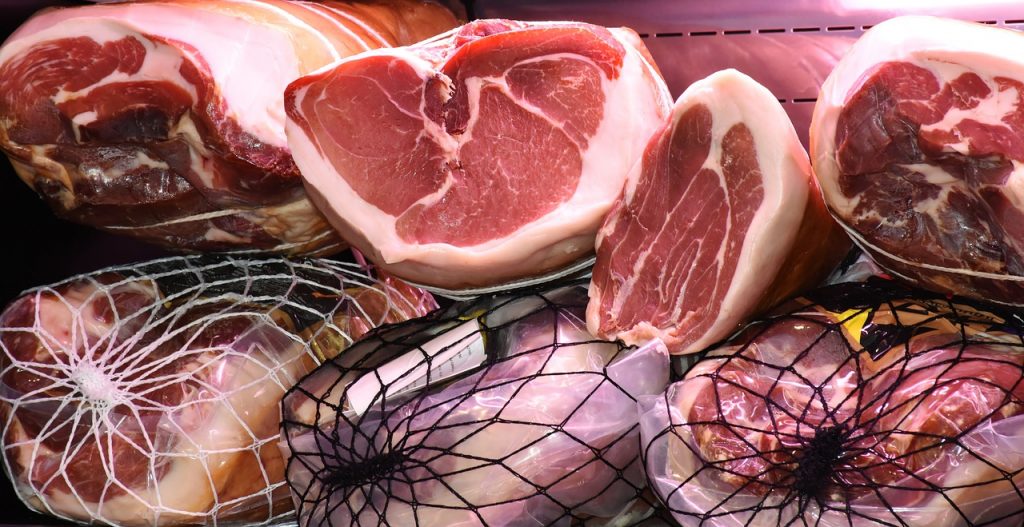Sponsored article
Preserving meat helps control spoilage by inhibiting microbial growth, slowing enzymatic activity, and preventing oxidation of fatty acids that promote rancidity. There are many factors that affect the shelf life of meat products while maintaining product safety and quality.
The physical condition of meat affects the number of microorganisms that can grow on it. For example, grinding (such as with Hendi machines) increases the surface area, releases moisture and nutrients from the muscle fibers, and distributes surface microorganisms throughout the meat. Chemical properties such as pH and moisture affect the ability of microorganisms to grow. Natural protective tissues (fat or skin) can prevent microbial contamination, dehydration, or other harmful changes. Covering meat with paper or protective plastic films prevents excessive moisture loss and microbial contamination.
Temperature is the most important factor affecting bacterial growth. Pathogenic bacteria do not thrive well at temperatures below 3°C. Therefore, meat should be stored at temperatures as low as possible. Cold storage, available at https://gastro-pol.pl/ among others, is the most common method of preservation. The typical storage period for fresh meat in a refrigerator is 5 to 7 days.
Freezer storage is an excellent method of preservation. It is important to wrap frozen meat tightly in packaging that limits contact with air to prevent moisture loss during storage. Freezer storage time also affects the quality of the product. In a typical freezer at -18°C, beef can be stored for 6 to 12 months, lamb for 6 to 9 months, pork for 6 months, and cold cuts for 2 months.

The speed of freezing is very important to preserve the quality of meat. Fast freezing is better. If meat is frozen slowly, large ice crystals form in it and cell membranes break. When such meat is thawed, much of the original moisture is lost. For this reason, cryogenic freezing (the use of super-cold substances such as liquid nitrogen) or other rapid freezing methods are used at the commercial level to maintain maximum product quality. However, it is important to note that freezing does not kill most microorganisms; they simply become dormant. When meat is thawed, spoilage continues where it left off.
Thawing meat can often cause more damaging quality changes than freezing. Unlike freezing, thawing should be a slow process. Meat is best thawed in the refrigerator with the packaging intact to minimize moisture loss. Placing frozen meats on a warm countertop or under warm water exposes the outer layers of the meat to room temperature for a long time before the meat is ready to be processed (fully thawed). This rapid method provides an environment conducive to the growth of foodborne microorganisms and increases the risk of food poisoning.
Oxygen is required for the growth of many bacteria. For this reason, most meats are vacuum packed, which extends the refrigerated shelf life to about 100 days. In addition, vacuum packaging minimizes the oxidation of unsaturated fatty acids and slows the growth of rancid meat.